When it comes to building strength and improving fitness, two prominent types of strength training are often discussed: functional strength training and traditional strength training. While both approaches aim to enhance your physical performance and muscle strength, they target different outcomes, utilize distinct training methods, and offer unique benefits. Understanding the difference between the two can help you choose the best approach based on your fitness goals and needs.
1. Understanding Functional Strength Training
Functional strength training focuses on exercises that replicate real-world movements. The goal is to improve your ability to perform everyday tasks with ease, such as bending down to pick something up, lifting groceries, or pushing a heavy object. Unlike traditional strength training, which is often more isolated, functional training incorporates multiple muscle groups to mimic the natural movements of the body.
Key Features of Functional Strength Training:
- Multi-Dimensional Movements: Exercises typically involve more complex, multi-joint movements like squats, lunges, deadlifts, and presses.
- Core Stability: Many functional exercises place a strong emphasis on core stability since the core is vital for supporting almost all movements.
- Balance and Coordination: Functional strength training enhances balance and coordination by engaging stabilizing muscles and training your body to work as a unit.
- Variety of Tools: You might use equipment like kettlebells, medicine balls, resistance bands, or even bodyweight exercises to increase the difficulty of movements.
Benefits of Functional Strength Training:
- Improved Mobility and Flexibility: It enhances your range of motion and ability to move freely in daily life.
- Injury Prevention: By strengthening the muscles used for everyday activities, functional training can reduce the risk of injuries during common movements.
- Better Performance in Sports: Athletes often use functional training to improve sport-specific movements and overall athletic performance.
- Improved Posture: Many functional exercises target the muscles responsible for maintaining good posture, helping reduce back pain and stiffness.
2. Understanding Traditional Strength Training
Traditional strength training, on the other hand, is a more conventional approach to building muscle and strength. It typically involves using resistance training methods, such as free weights (dumbbells, barbells) and machines, to target specific muscle groups. The exercises often focus on isolating individual muscles, aiming to increase their size and strength over time.
Key Features of Traditional Strength Training:
- Isolation Movements: Traditional strength exercises often involve isolated movements like bicep curls, leg presses, or bench presses. These exercises target specific muscles for hypertrophy (muscle growth).
- Machine-Based or Free Weight Training: This form of strength training utilizes machines or free weights to build muscle and strength.
- Progressive Overload: Traditional strength training relies on progressive overload, gradually increasing the weight lifted or the number of repetitions to build muscle and strength over time.
Benefits of Traditional Strength Training:
- Muscle Growth (Hypertrophy): It’s highly effective for building muscle mass and increasing muscle definition.
- Targeted Strength Development: By isolating specific muscles, traditional strength training allows for focused strength development in particular areas, making it ideal for bodybuilders and those looking to enhance muscle size.
- Increased Maximal Strength: Traditional strength training is perfect for improving your one-rep max, especially in compound lifts like squats, deadlifts, and bench presses.
- Structured Routine: It offers a clear and structured path to increasing strength, with quantifiable progress through weights, sets, and reps.
3. Key Differences Between Functional and Traditional Strength Training
While both forms of training have distinct advantages, there are several differences in their approaches:
Movement Patterns:
- Functional Strength: Focuses on natural, real-world movements that mimic how the body moves in everyday life.
- Traditional Strength: Often isolates individual muscle groups to build muscle and strength through controlled, repetitive movements.
Equipment:
- Functional Strength: Utilizes a variety of equipment, including kettlebells, resistance bands, and bodyweight exercises.
- Traditional Strength: Primarily uses barbells, dumbbells, and gym machines that target specific muscles.
Training Focus:
- Functional Strength: Aims to improve overall body coordination, balance, and flexibility.
- Traditional Strength: Focuses on muscle growth, maximal strength, and targeted muscle development.
Muscle Engagement:
- Functional Strength: Engages multiple muscle groups at once, often involving compound movements.
- Traditional Strength: Tends to isolate muscles, focusing on one muscle group at a time.
Goals:
- Functional Strength: Designed to enhance the performance of daily activities and reduce the risk of injury.
- Traditional Strength: Primarily aimed at increasing muscle mass, strength, and improving athletic performance.
4. Which One is Right for You?
The decision between functional and traditional strength training depends on your individual fitness goals:
- If you’re looking to improve your functional fitness for everyday activities, prevent injury, or enhance athletic performance, functional strength training might be the best choice.
- If your primary goal is to build muscle size, increase your maximal strength, or focus on bodybuilding, traditional strength training might be more suitable.
Many athletes and fitness enthusiasts choose to combine both training methods to maximize their benefits. For example, you might perform traditional strength exercises to build muscle and strength and incorporate functional exercises to improve overall movement patterns and mobility.
5. Final Thoughts
Both functional strength training and traditional strength training are valuable tools in any fitness routine. Whether you are looking to improve your everyday performance, boost your muscle size, or prevent injuries, understanding the distinctions between the two can help you create a more effective and tailored fitness program. So, assess your goals and pick the training style (or combination) that works best for you to take your fitness to the next level!






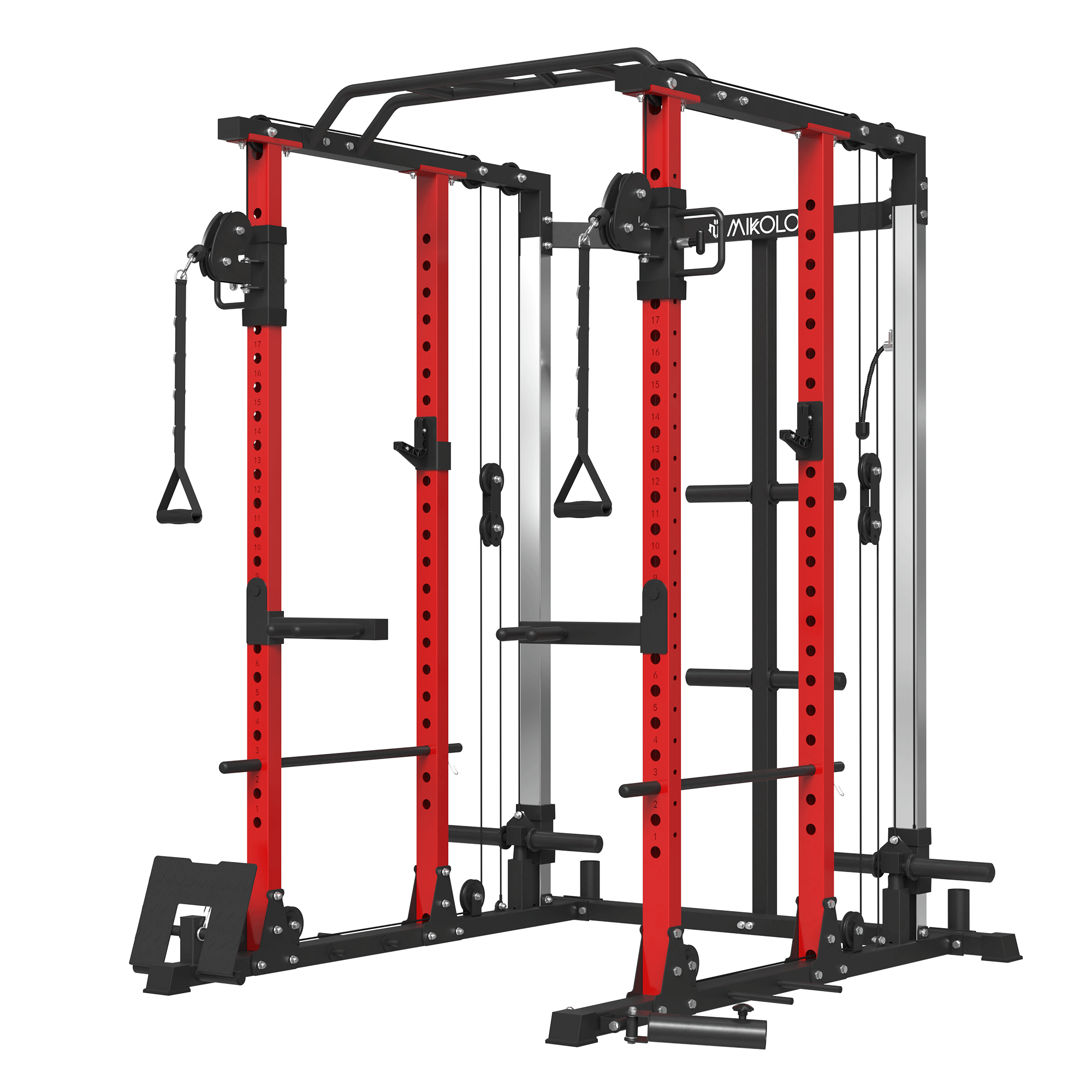



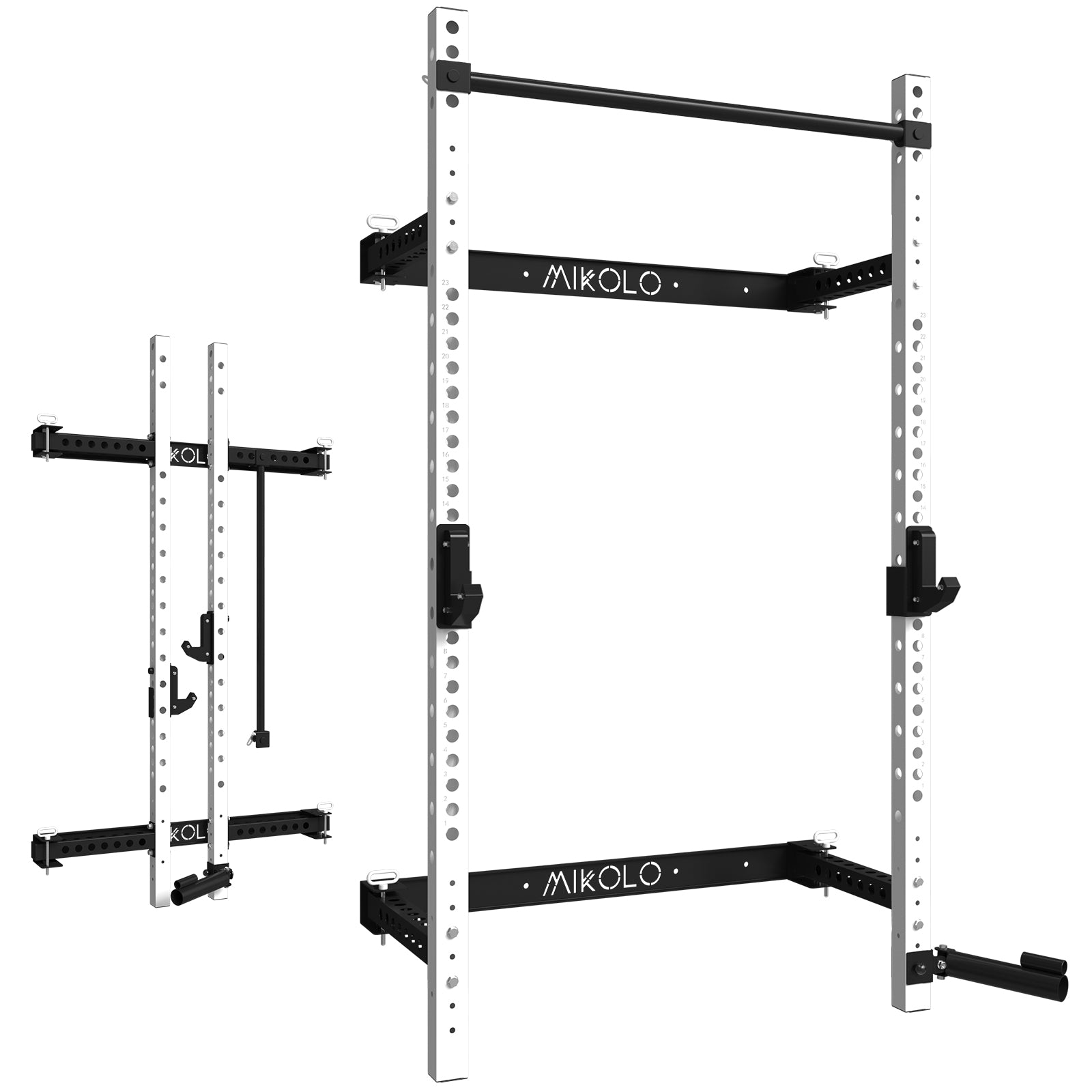

















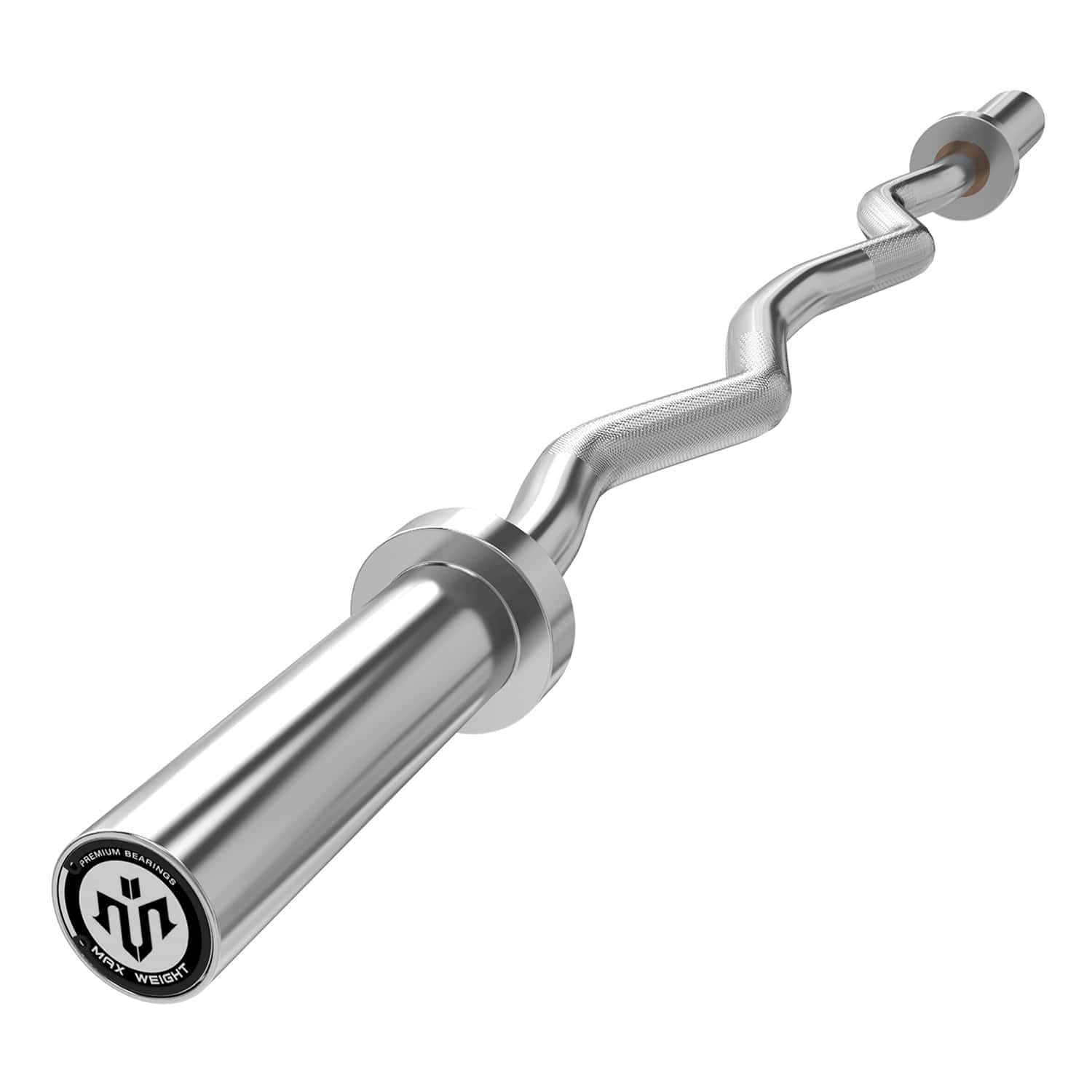







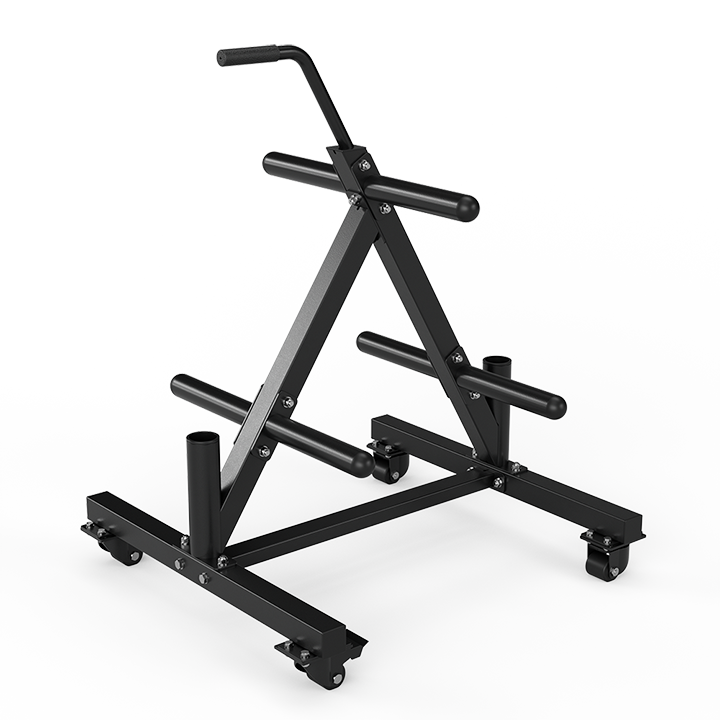
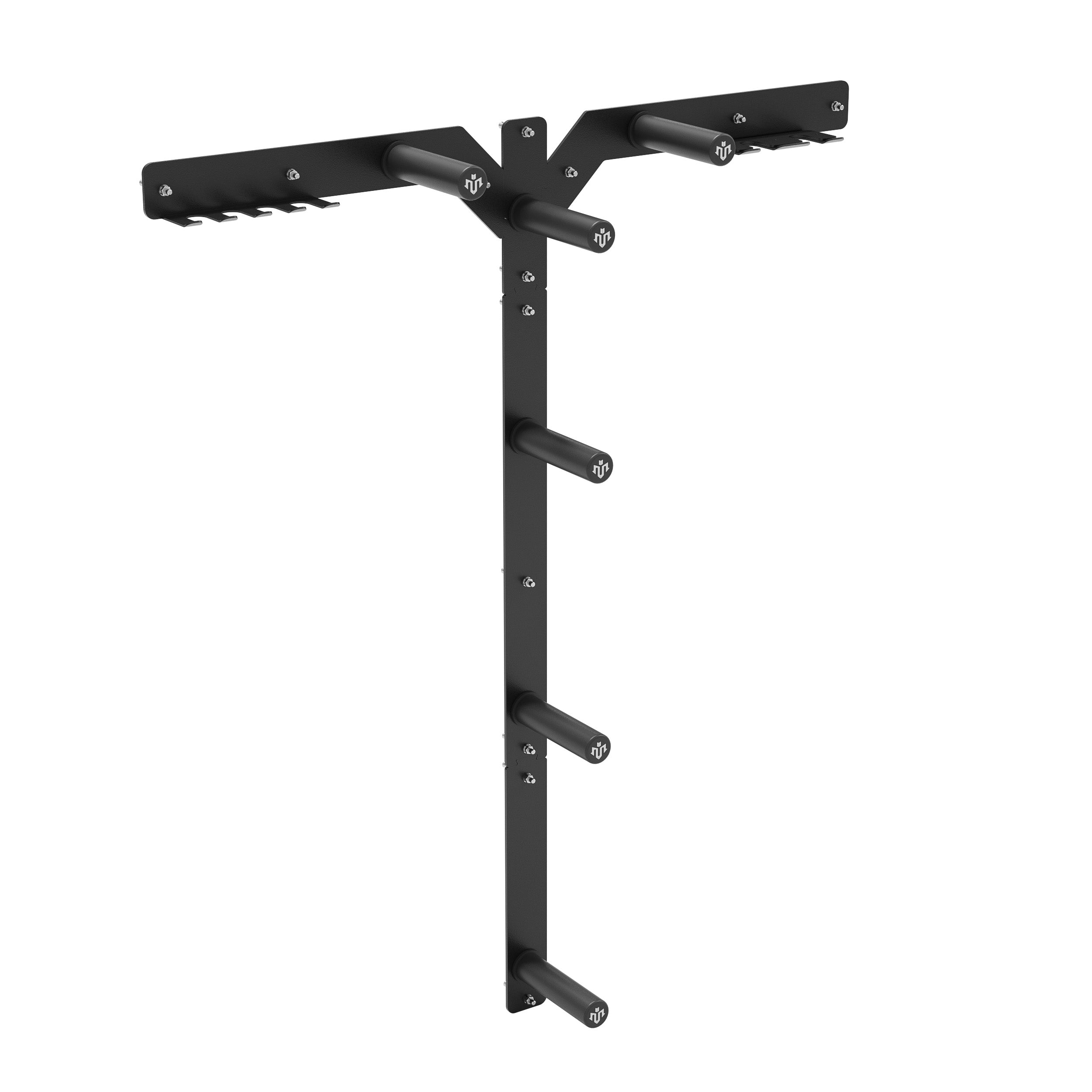




Leave a comment
This site is protected by hCaptcha and the hCaptcha Privacy Policy and Terms of Service apply.